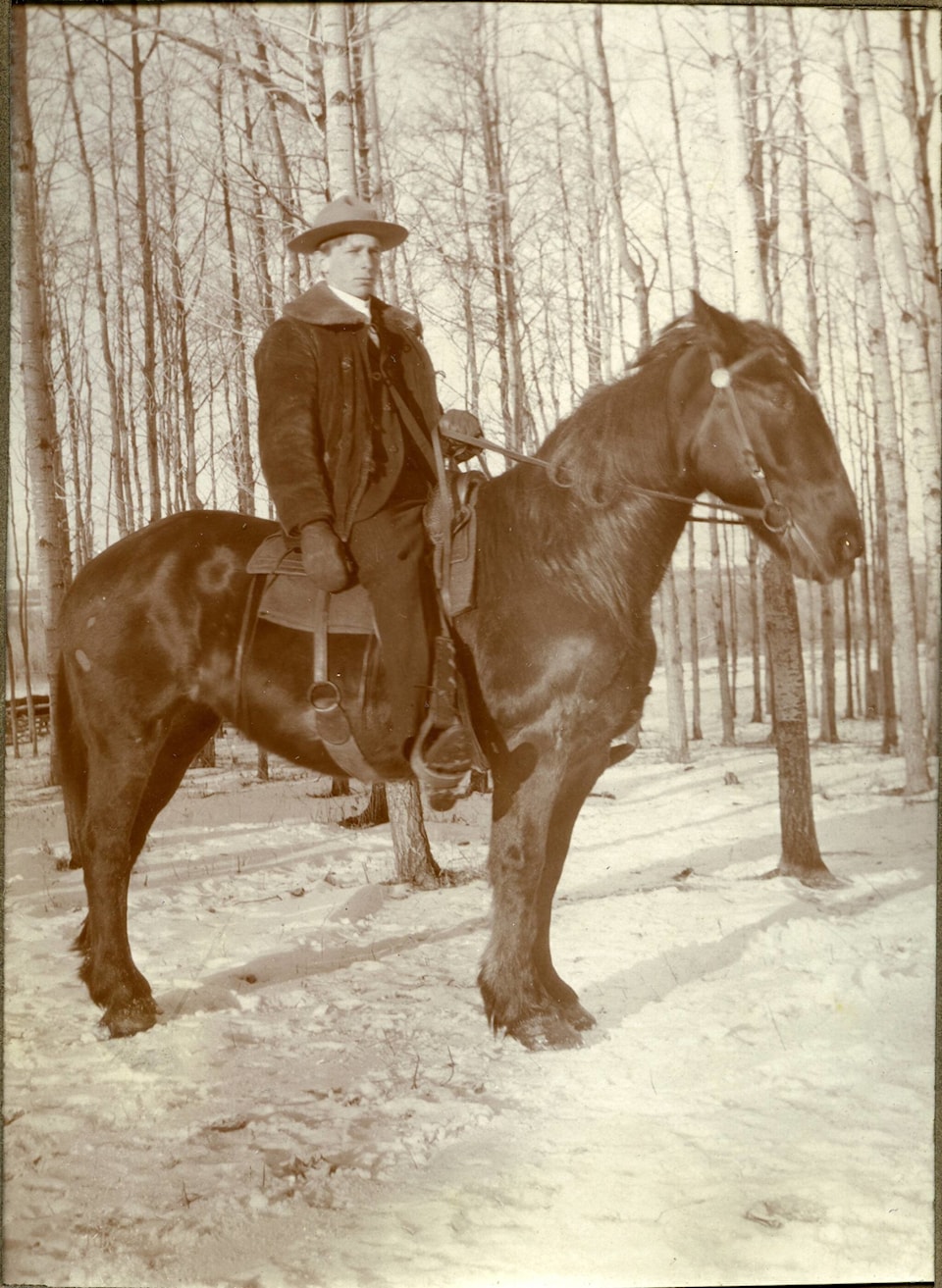Friday, July 1, marks the 155 anniversary of the Confederation of Canada. The occasion will be marked by celebrations and festivities across the nation. In Red Deer, there will be the annual Canada Day events at Bower Ponds, including a wonderful fireworks display in the evening.
However, while most Canadians will be celebrating, there are some parts of the country where there will also be more somber remembrances. In Newfoundland, July 1 is the anniversary of the start of the terrible Battle of Somme and the astonishing losses of the Royal Newfoundland Regiment in the assault near the village of Beaumont Hamel.
Of the 800 men in that Regiment who went into battle that morning, 664 became casualties in 30 minutes. Only 68 survivors were able to turn out for roll call the next day. Virtually every community on the Island suffered a loss of family and friends that day.
While not as well remembered as the tragedy in Newfoundland, this July 1 also marks the 122 anniversary of the first death of a Red Deer resident in combat while serving in the Canadian military.
The young man who lost his life on July 1, 1900, was Angus Jenkins. He was born in Fredericton, New Brunswick in 1877. While he was a young child, his family suffered the tragedy of losing three of Angus’ siblings to a diphtheria epidemic.
In the early spring of 1891, the Jenkins family arrived in the Red Deer district. They established a new home on a homestead about 5 kilometres east of the new townsite in the Balmoral district.
The Jenkins family became well known as excellent farmers, quality horse breeders and hard workers. They also took a strong interest in the community with William Jenkins, Angus’s father, becoming a founding trustee with the Balmoral School District.
Angus turned into a big strapping man, more than 6 feet in height. Given his love of animals, he decided to become a “cow puncher”. In February 1900, he went down to Pincher Creek with his close friend and neighbour, Charles Cruickshank, and enlisted in the Lord Strathcona Horse. He then departed for South Africa and the Boer War.
On July 1, (Dominion Day) 1900, he was proceeding with an advance party near Waterval, South Africa. They encountered a group of Boers flying a white flag in a farmhouse. When the Canadians proceeded closer, they were ambushed by unseen enemies who were hiding in a small orchard. Trooper Jenkins was killed instantly when a Mauser bullet hit his bandolier and two cartridges exploded.
Angus Jenkins was not only the first resident of Red Deer to be killed in combat. He was also the first member of the Lord Strathcona Horse to be killed in action. He was buried in a garden at Wuuchaut Spruit. The Earl of Dundonald and Colonel Sam Steele attended his funeral.
Word of the death of Angus Jenkins hit the small community of Red Deer hard. In early September 1900 came the tragic news that Angus’ close friend and comrade, Charles Cruickshank, had been killed near Badfontein, South Africa.
A third Red Deer and Balmoral resident, who was serving with the Lord Strathcona Horse, passed away while in service. He was Archibald McNichol, who died from enteric (typhoid) fever at military hospital at Newcastle, South Africa.
A memorial service for the three men was held at the Red Deer Methodist Church on October 21, 1900. Monies were collected for an enduring remembrance of them. Lord Strathcona then offered a large sum of money if a community hospital was built in their memory.
The Memorial Hospital was completed in 1904. The large plaque, which commemorates the fact that the Red Deer Hospital was originally dedicated to the three young soldiers who died while serving their country, hung in a hallway in the Red Deer Regional Hospital for many decades, but now is in the Red Deer Museum and Art Gallery.
Michael Dawe is a Red Deer historian and his column appears on Wednesdays.
